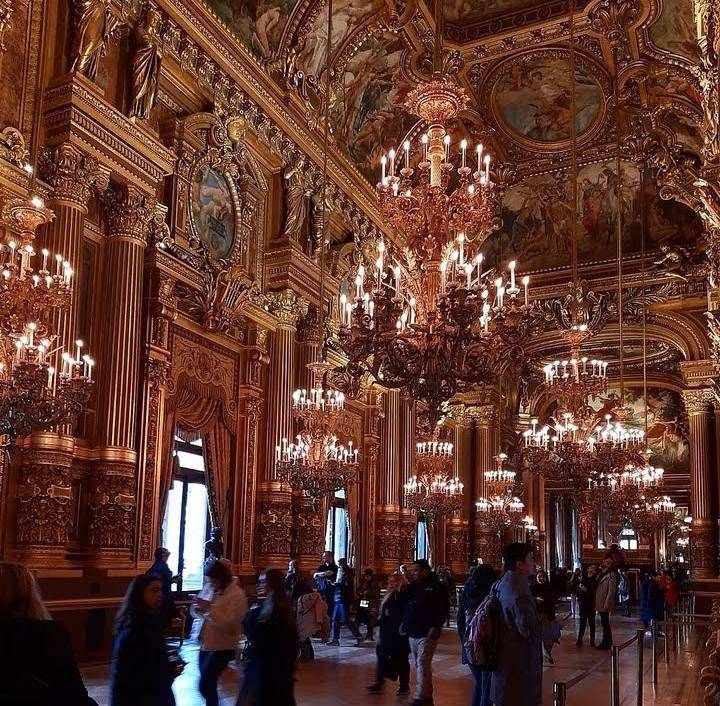
La superficie in pietra refrattaria e rame dell'Opera, che nel tempo diventa verde, risplende al termine della strada che prende il nome dall'edificio in cui è stata costruita. Uniscono l'oro di bei gioielli, del sole. Nonostante il traffico veicolare e pedonale, che in queste zone raggiunge un'altezza spaventosa, ricordano ai curiosi la gloria e la bellezza del Secondo Impero.
The Opera's refractory stone and copper surface, which turns green over time, shines at the end of the street named after the building in which it was built. They combine the gold of beautiful jewelry, of the sun. Despite the vehicular and pedestrian traffic, which reaches a frightening height in these areas, they remind the curious of the glory and beauty of the Second Empire.
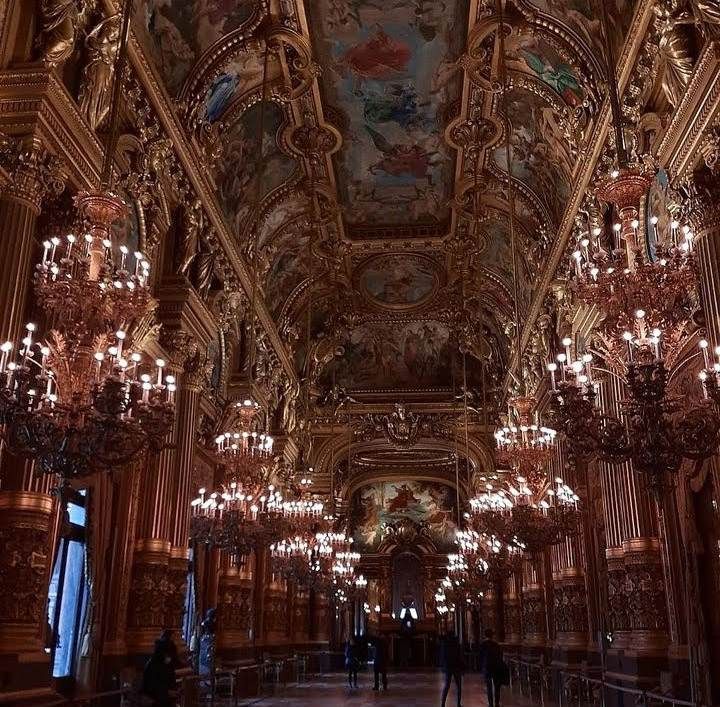
Infatti, a causa della guerra contro la Prussia, sotto la Terza Repubblica fu portata a termine la costruzione di un nuovo teatro, vanto di Napoleone III. Il 5 gennaio 1875 il presidente Mac Mahon aprì l'Opéra Garnier, portando un nuovo splendore imperiale e potere politico. Non c'è dubbio che chi ha visitato l'Opéra riconoscerà l'imponenza del suo interno: la magnifica scalinata, gli stucchi rossi e dorati. , soffitti affrescati, lampadari di cristallo e una miriade di specchi infiniti che riflettono l'immagine del tempo del lusso, quando le feste sono all'ordine del giorno e lo sport più popolare è la caccia al tesoro.
In fact, because of the war against Prussia, under the Third Republic the construction of a new theater, the pride of Napoleon III, was completed. On January 5, 1875, President Mac Mahon opened the Opéra Garnier, bringing new imperial splendor and political power. No doubt anyone who has visited the Opéra will recognize the grandeur of its interior: the magnificent staircase, the red and gold stuccoes. , frescoed ceilings, crystal chandeliers and a myriad of endless mirrors reflecting the image of the time of luxury, when parties were the order of the day and the most popular sport was treasure hunting.
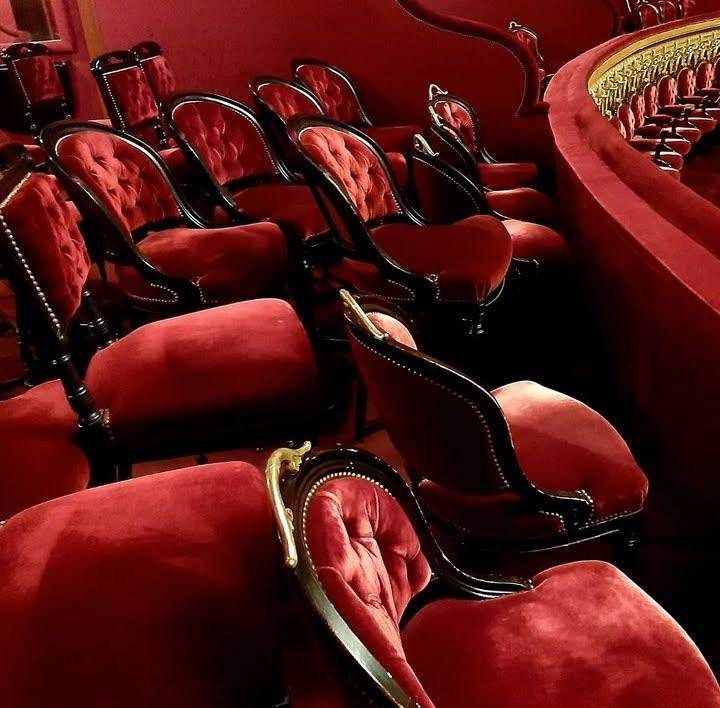
Ma non è questo che voglio dirti, almeno non oggi. E non voglio parlarvi del fantasma creato dalla penna di Gaston Leroux, che sembra aggirarsi tra queste mura, dando a volte le sembianze di fedeli ammiratori
Oggi, vorrei dare una spiegazione su un mito, un mito che circola da tempo per le strade della città. Certo, sotto di esso.Si dice infatti che la fondazione dell'Opéra nasconda un grande segreto, a cui possono accedere pochi eletti: la piscina. sì, nel quinto seminterrato della casa, più o meno con lettere e palcoscenico e bancarelle, c'è un laghetto costruito. Certo, dovremmo chiamarlo stagno, ma in questo modo l'intera storia perderà il suo interesse. Non vedi? Quindi stiamo parlando della piscina.
But that is not what I want to tell you, at least not today. And I don't want to tell you about the ghost created by the pen of Gaston Leroux, who seems to roam these walls, sometimes giving the appearance of faithful admirers
Today, I would like to give an explanation about a myth, a myth that has long been circulating on the streets of the city. Of course, underneath it.Indeed, it is said that the foundation of the Opéra hides a great secret, to which a chosen few have access: the pool.Yes, in the fifth basement of the house, more or less with letters and stage and stalls, there is a pond built. Of course, we should call it a pond, but then the whole story will lose its interest. Don't you see? So we are talking about the pool.
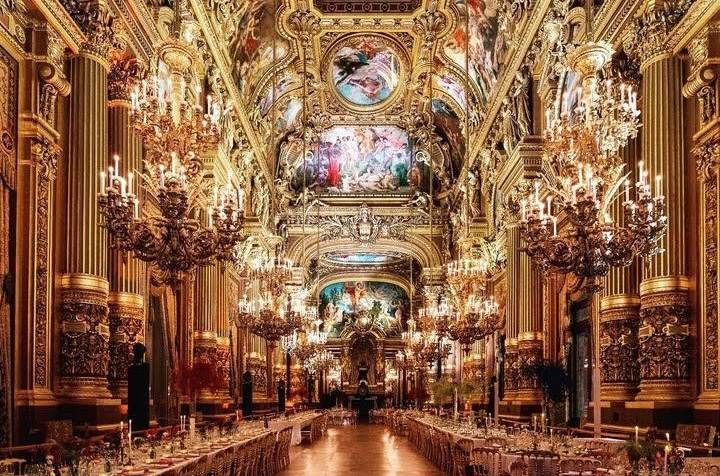
Quando me ne hanno parlato per la prima volta, è stato difficile per me crederci. Pensavo stessero ridendo di me. Ma gli amici parigini giuravano e giuravano che era vero. Così ho chiesto.Molti dicono che il lago è naturale, situato sulle rive del fiume sotterraneo, Grange-Batelière. Purtroppo, però, questo non è vero. Il fiume c'è, ma scorre un po' più in là. Scendi le scale al grande magazzino Printemps e cammina fuori dall'Opera.
Allora da dove viene questo misterioso lago? La risposta è molto semplice.
When they first told me about it, it was hard for me to believe it. I thought they were laughing at me. But Parisian friends swore and swore it was true. So I asked.Many say the lake is natural, located on the banks of the underground river, Grange-Batelière. Unfortunately, however, this is not true. The river is there, but it flows a little further. Go down the stairs at Printemps department store and walk outside the Opera.
So where did this mysterious lake come from? The answer is very simple.
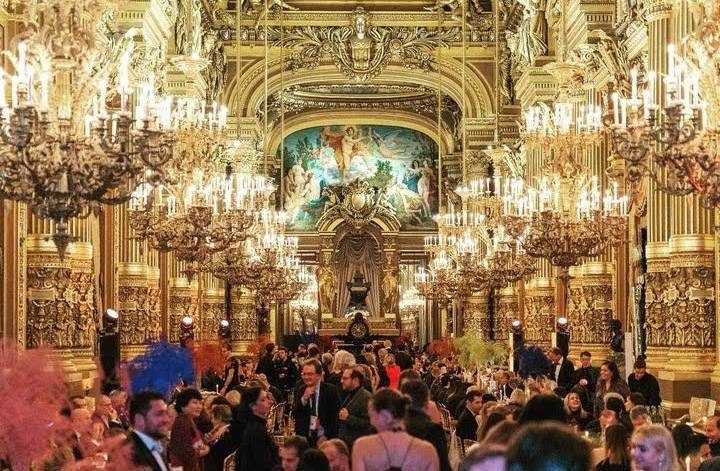
Durante lo scavo delle fondamenta dell'Opera, nel 1862, l'architetto Charles Garnier scoprì di trovarsi in una falda freatica povera, alimentata dal braccio sotterraneo della Senna, che ricopre per sempre il suolo, trasformandolo in una specie di palude . . . Non è possibile continuare i lavori." E allora? chiese l'architetto Garnier. Non si tratta di costruire un'altra casa. La location per l'Opera fu accuratamente scelta dal celebre barone Haussmann, che si
era già assunto l'incarico di urbanistica per spianare la strada al teatro. Inoltre, ci si aspettava che l'Opera fosse circondata da palazzi lussuosi, fosse la residenza dei ricchi borghesi o il pied-à-terre dei principi stanchi... Insomma, tutto è pronto né il barone Haussmann né Napoleone III avrebbero hanno accettato "no" come risposta. Ogni problema ha la sua soluzione
While excavating the foundation of the Opera in 1862, architect Charles Garnier discovered that he was standing in a poor water table, fed by the underground arm of the Seine, which forever covers the ground, turning it into a kind of swamp . . . It is not possible to continue the work." So what? asked the architect Garnier. There is no question of building another house. The location for the Opera was carefully chosen by the famous Baron Haussmann, who had
had already taken on the task of urban planning to pave the way for the theater. Moreover, the Opera was expected to be surrounded by luxurious palaces, to be the residence of the rich bourgeoisie or the pied-à-terre of weary princes... In short, everything is ready neither Baron Haussmann nor Napoleon III would have taken "no" for an answer. Every problem has its solution
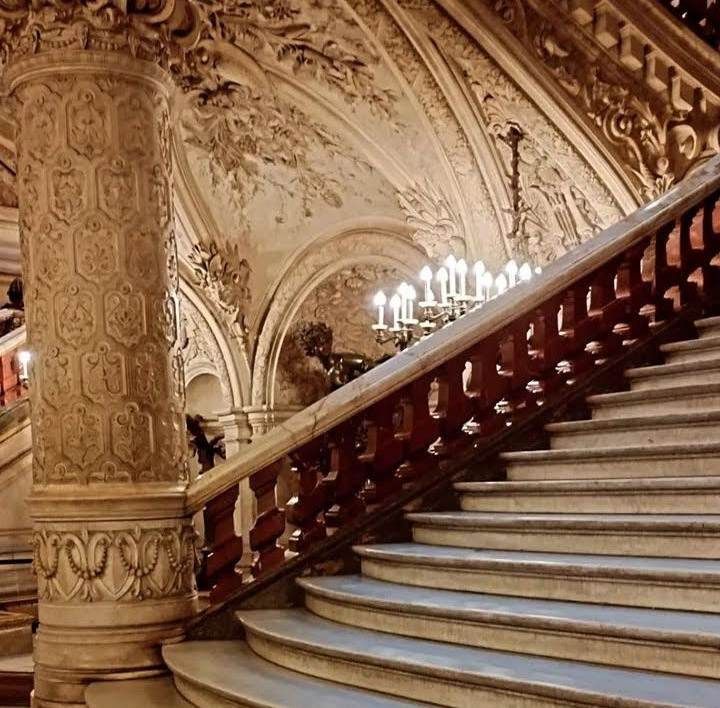
Il giovane e intelligente Charles Garnier, quando cercò invano di drenare il terreno con grosse pompe e in seguito pensò di costruire l'Opera su palafitte, proposta che non raccolse molti consensi, scavò nel cervello, trovando un semplice, e quello. allo stesso tempo una sorpresa, una soluzione al suo problema.Aggiunse al progetto l'acqua sotterranea, che proteggerà le fondamenta dalle infiltrazioni d'acqua, sfruttando la falda stessa, e stabilizzerà l'edificio, grazie alla pressione dell'acqua,
The clever young Charles Garnier, when he tried in vain to drain the land with large pumps and later thought of building the Opera on stilts, a proposal that did not garner much support, dug into his brain, finding a simple, and that. at the same time a surprise, solution to his problem.He added underground water to the project, which will protect the foundation from water infiltration, exploiting the water table itself, and stabilize the building, thanks to water pressure,
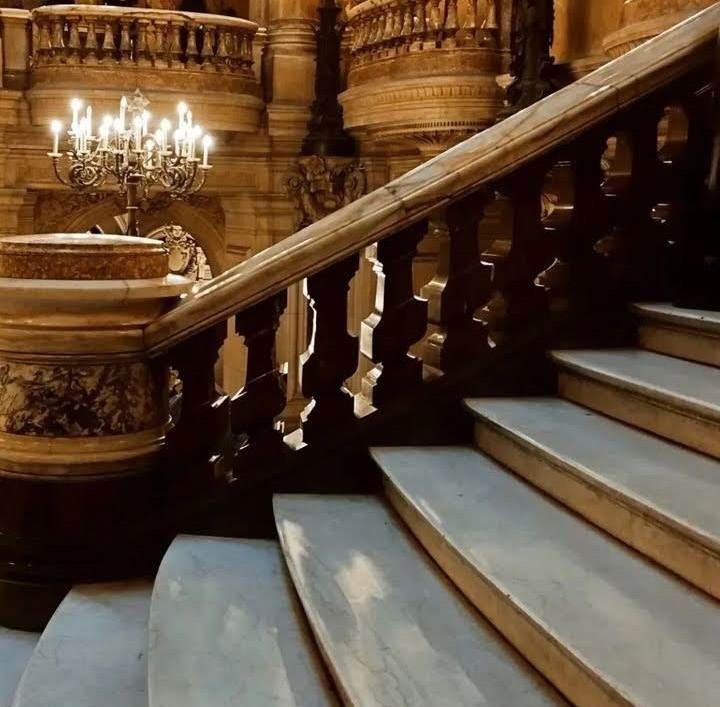
che ne rendeva più agevole la ripartizione. del carico più lungo e più forte dell'Opera. Insomma, invece di espandere il mondo, ha pensato di inondarlo scientificamente. Si dice che quando l'acqua della falda riempie il canale finito, Garnier abbia un grande effetto. la sua struttura. Diecimila metri cubi sfiorano i mattoni del tetto, coprendo una superficie di circa 2.500 metri quadrati, ovvero un quarto dell'intera Opera.Oltre a garantire la stabilità dell'edificio, la piscina funge da riserva d'acqua, utile per prevenire possibili incendi. In questo momento lo è
which made its distribution easier. of the Opera's longest and strongest load. In short, instead of expanding the world, he thought of flooding it scientifically. It is said that when groundwater fills the finished canal, Garnier has a great effect. its structure. Ten thousand cubic meters graze the bricks of the roof, covering an area of about 2,500 square meters, or a quarter of the entire Opera.In addition to ensuring the stability of the building, the pool serves as a water reservoir, useful in preventing possible fires. Right now it is
Congratulations, your post has been curated by @r2cornell, a curating account for @R2cornell's Discord Community.